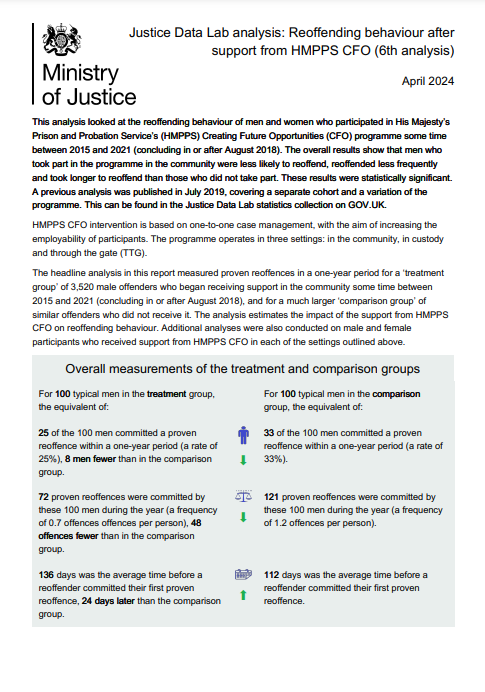By The International Crisis Group
Outgoing Mexican President Andrés Manuel López Obrador has deployed troops on a scale never seen before to fight crime across the country, but this measure has barely loosened the grip of illegal outfits. In some ways, the government can call its policy a success. Violence, measured by reported murders, has dipped from the historic heights of a few years ago, an achievement supporters attribute to the president’s incorruptible character. Polls suggest that his party’s candidate, Claudia Sheinbaum, will romp to victory in the 2 June election. But in the states hardest hit by crime, the reasons behind lulls in fighting appear less flattering to federal authorities. Some security officers and criminal leaders suggest that a modus vivendi between military commanders and illegal outfits has enabled crime groups to profit and expand their hold on communities so long as overt violence is curtailed. Mexico’s next president may be unable to withdraw troops from public security, but she should delineate limits to their role while endeavouring to sever state ties to crime and create the conditions for effective civilian law enforcement. After campaigning in 2018 on a platform promising to pacify Mexico, end the “war on drugs” and return troops to the barracks, López Obrador seemingly underwent a radical conversion. Even before he took office, the president declared that he could not trust the country’s various police forces to curb heavily armed criminal groups, opting instead to reinforce the role of the military – whose law enforcement capacities had been an article of faith for the previous two governments. López Obrador boosted troop deployment and created an entirely new security force under military leadership, the National Guard. In addition to expanding the military’s role in ensuring public safety, he also handed the armed forces major roles in infrastructure, migration control, and seaport and airport management. According to the 2024 budget, 20 percent of state spending is now being channelled through the armed forces. Top government officials insist that the president’s integrity – alongside the military's robust presence and a barrage of social programs – have served to dampen levels of armed conflict. On closer inspection, however, the areas most affected by warring criminal groups – including states such as Michoacán, Veracruz, Colima and Guerrero – have seen large military deployments but limited concrete crime fighting. Security force insiders and criminal leaders note that a set of largely unspoken rules has been established, encouraging illegal groups to reduce and conceal the violence they perpetrate. In exchange, authorities have turned a blind eye to a degree of illegality, enabling these organisations to diversify their trafficking operations (including into newer illicit drugs such as fentanyl), expand their extortion rackets, branch out into legal business, and assume greater control of communities and local governments. When these understandings fall apart, or when major criminal syndicates engage in frontal battle with one another, triggering humanitarian emergencies and drawing national media and political attention, the military are prone to take on a more interventionist and offensive role. But even then, they do not always focus on undermining criminal power, and they can be ambivalent toward illicit operations. When the Jalisco New Generation Cartel launched a major offensive in Michoacán, military commanders are reported to have hatched deals with crime rings to fight the group, including a campaign to kill numerous members of the cartel. Elsewhere, military officers in cahoots with specific crime groups have allegedly abused their authority to shield their illegal partners. The misuse of authority in Mexico is not unique to the military. But the sheer extent of the armed forces’ security, political and budgetary powers, combined with the lack of any independent civilian oversight, reinforces the risks that members of the armed forces will engage in corruption and collusion. That said, a precipitous move to return soldiers to the barracks could destabilise areas plagued by crime groups locked in arms races and trigger political risks that neither of the main candidates seems willing to countenance. As the candidate for López Obrador’s party, Shein baum has defended the strategy of the past six years, saying the military should remain at the heart of public security for as long as needed. Her main adversary, Xóchitl Gálvez, representing a coalition of opposition parties, has advocated for pulling troops back from some of their many duties. But she concedes a continuing role for troops in tackling the most violent criminal outfits, and she appears ready to reinforce the National Guard, albeit under civilian command..........
Brussels, Belgium: ICG, 2024. 44p.
Latin America Report N°106 | 24 May 2024





















